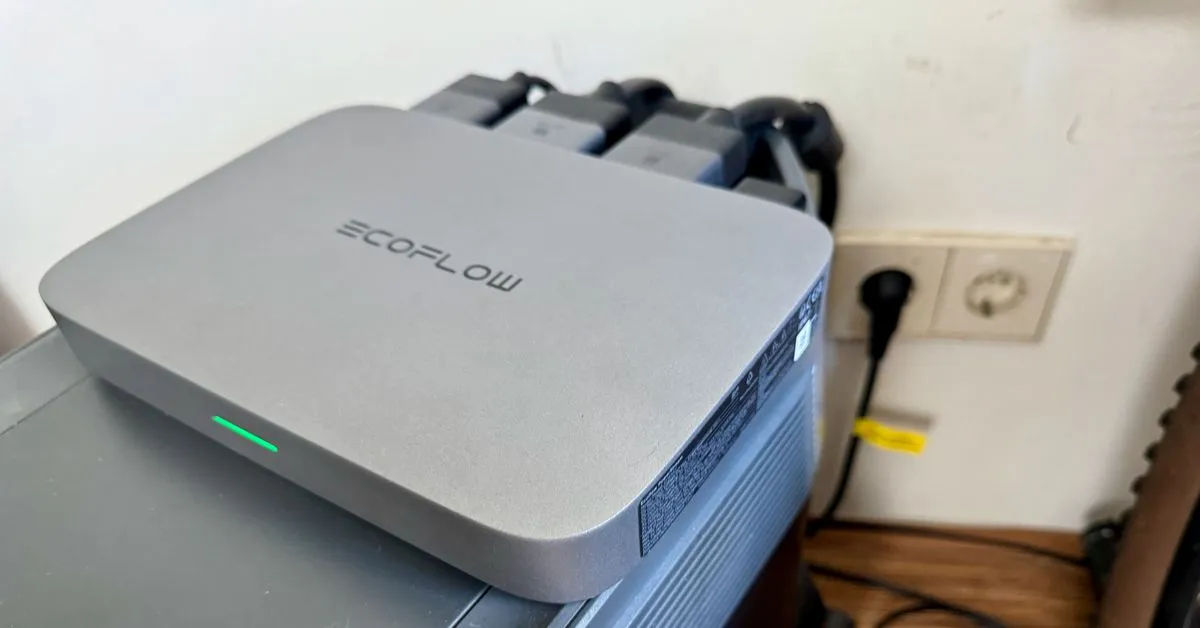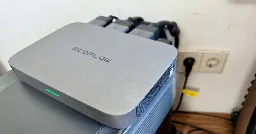EcoFlow’s $200 PowerStream is so clever, you might buy a $4,000 solar generator
EcoFlow’s $200 PowerStream is so clever, you might buy a $4,000 solar generator

www.theverge.com
EcoFlow’s $200 PowerStream is so clever, you might buy a $4,000 solar generator

Title reads like at ad, but this is a new way to reach energy independence. I actually have a small EcoFlow device and it’s pretty good for the price.
I hope this tech can be made available in the US soon.
